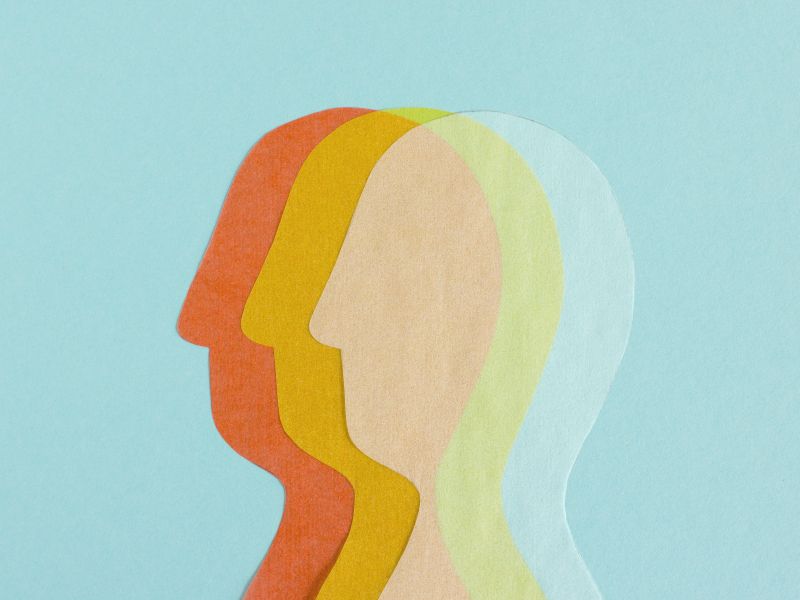
Oct 19, 2020
. Consumer Experience .
3 min read
Psychology of Shapes, Colours in Design
The perception of the viewer greatly impacts the success of your UI/ UX design. Visual connectivity and level
The perception of the viewer greatly impacts the success of your UI/ UX design. Visual connectivity and level of understanding depending on the psychology of the reader of the web page. A website needs to have the right shapes and colours to retain viewer attention and establish brand identity. Role of Psychology in UX Design
Designers today need to design web pages that their audience really wants rather than what they are expected to see.
UX Designers today must go deep into the minds of the target audience. They must gain insights into human behaviour, needs, and aspirations. Applying human psychology is a positive step towards understanding customer perception and connecting with them.
Shape Psychology in UI/UX DesignAny visual object is of a certain shape. Although people don’t notice shapes around them, they are instilled in their consciousness. Each shape has a meaning and an influence on human perception. For instance:
- Squares, rectangles symbolize stability, discipline, and reliability.
- Triangle depicts risk, excitement, and danger
- Circles and ovals have mystery and magic surrounding them.
Other natural shapes symbolize originality and steadiness. Abstract shapes show uniqueness and multiple meanings. Spiral shapes show creativity and progress.
How designers apply Shape PsychologyThe designers first need to comprehend the shape meanings and its impact on the reader.
Applying shapes in different design elements help to organize and group them. Shapes especially are crucial in logo design. The logo shape must be powerful enough to put the desired message across.
For instance, the logo of a bank or a financial firm can be a square or rectangle to depict reliability and trust.
On a web page, shapes are used in various places for “call to action” such as buttons, icons and so on.
Shapes with rounded edges are supposed to be approachable while shapes with sharp edges show a strong presence.
Textual content in a square or rectangular shape is more scannable. The USP or the tagline of the business can be put in an oval or circle. A triangle with
key components or offerings catches the eye instantly.
In general, shapes are incorporated into UX design to:
- Represent ideas visually
- Create scannable content that the reader can easily traverse
- Organize content in a structured layout.
Any technology applied on your web page is futile if you don’t get people to notice it. Colour psychology is used by designers in digital content to control what customers look at.
To apply various colours to the design elements, you must know the salience of colours. In simple words, colour must be used in UX to make things stand out.
To come with a successful colour palette, the designer must know what colours attract the viewer more. Also, the relevance of the colour to the product or brand must be clear. For instance, for a healthcare business website, you can see a lot of green. For food products, red or brown will resonate well with the reader. Bank website designs rely on mostly blue for their primary colour.
Colour psychology is based on the theory of the brain conditioning of the reader based on his past experiences.
Colours and UX design contextA single colour cannot magically bring in conversions. The collective design elements with appropriate colours must fit into your design context. Each colour used must be appropriate percentage relative to the overall colours applied in each page.
Apart from visual product design, colours are crucial in logo design as they reflect brand recognition. Some of the commonly used colours in UX design and their meanings are:
- Red- Power, confidence
- Orange- Fresh, energetic, friendly
- Yellow- Happiness, warmth
- Blue- Reliability, security
- Black- Sophisticated, mysterious
The designer must consider the following questions before he narrows down shapes and colour choices for UX design:
- What are the business goals? How will the design align with it?
- What is the customers’ background and their what are their expectations?
- How will the shape and colour choice make the business establish itself among competitors?
- How will design improve user experience?
UX designers must apply the principle of psychology to understand their users, and create engaging, user-friendly websites and mobile interfaces.
Categories
UX Design Process
UX Tools
Consumer Experience
UI UXs